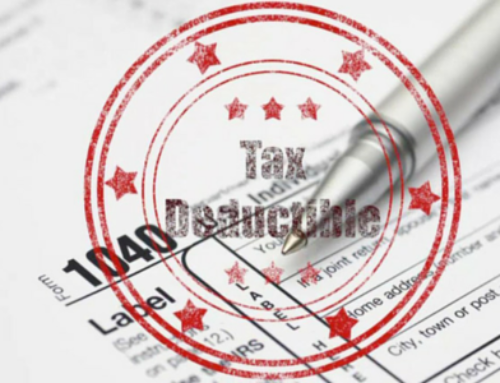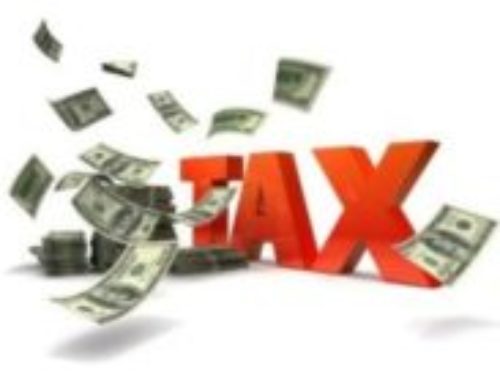So, you have some income that is not part of a traditional job. Maybe you are self-employed, have a rental property, a small business selling crafts, earn income through a business partnership, or you hit the jackpot on “Wheel of Fortune”. The good news is that you’re earning money. The bad news is that the IRS still wants some of it. Any income that is not subject to taxes withheld may require you to pay quarterly taxes, which are due in 4 installments (typically on the 15th of January, April, June, and September). But, how do you know if you owe estimated quarterly taxes? How do you know how much to pay? Here are a few tips to help you navigate estimated quarterly income tax payments.
What kind of earnings require estimated quarterly income tax payments?
Examples of income sources/situations that do not have taxes withheld and may require you to make quarterly tax payments include:
- Self-employment (including freelancers, independent contractors, and consultants)
- Business earnings
- Rental Income
- Business partnership earnings
- Earnings through an S Corp
- Alimony
- Prize Earnings
How do you know if you owe estimated quarterly income tax payments?
The simple answer is – if you expect to owe more than $1,000 in income taxes for the year, you should be paying estimated quarterly tax payments.
How do you estimate what your quarterly income taxes should be?
The IRS is looking for you to make a “good faith” estimate of earnings. If you overpay, the IRS will provide a refund. Underpay and you will owe more at the end of the year. Here are the steps to help determine how much your quarterly payments should be:
- Determine an estimate of your taxable income (Gross income minus deductions or exemptions).
- Multiply your taxable income by the percentage indicated by your income bracket (refer to IRS guidelines for income tax brackets).
- Divide this number by 4. The resulting number is your estimated quarterly tax payment amount.
Are there special circumstances for self-employed individuals?
Yes. If you are self-employed, you must also factor in self-employment tax, which is used to contribute to social security and Medicare. To determine how much self-employment tax you owe:
- Multiply your taxable income by 92.35%.
- Multiply that number by 15.3%. This will give you your estimated self-employment tax.
- Divide that number by 4.
- Add that number to your estimated quarterly income tax payments.
- Include both your self-employment taxes and income taxes in your quarterly tax payments.
Where can I get help estimating quarterly income tax payments?
You can use the estimated tax worksheet on the IRS 1040 form. Accounting software also provides guidelines and calculators. Finally, if you want professional, individualized help to be sure you are paying your estimated quarterly income taxes correctly in order to avoid interest and penalties from the IRS, contact a certified accountant for guidance.





